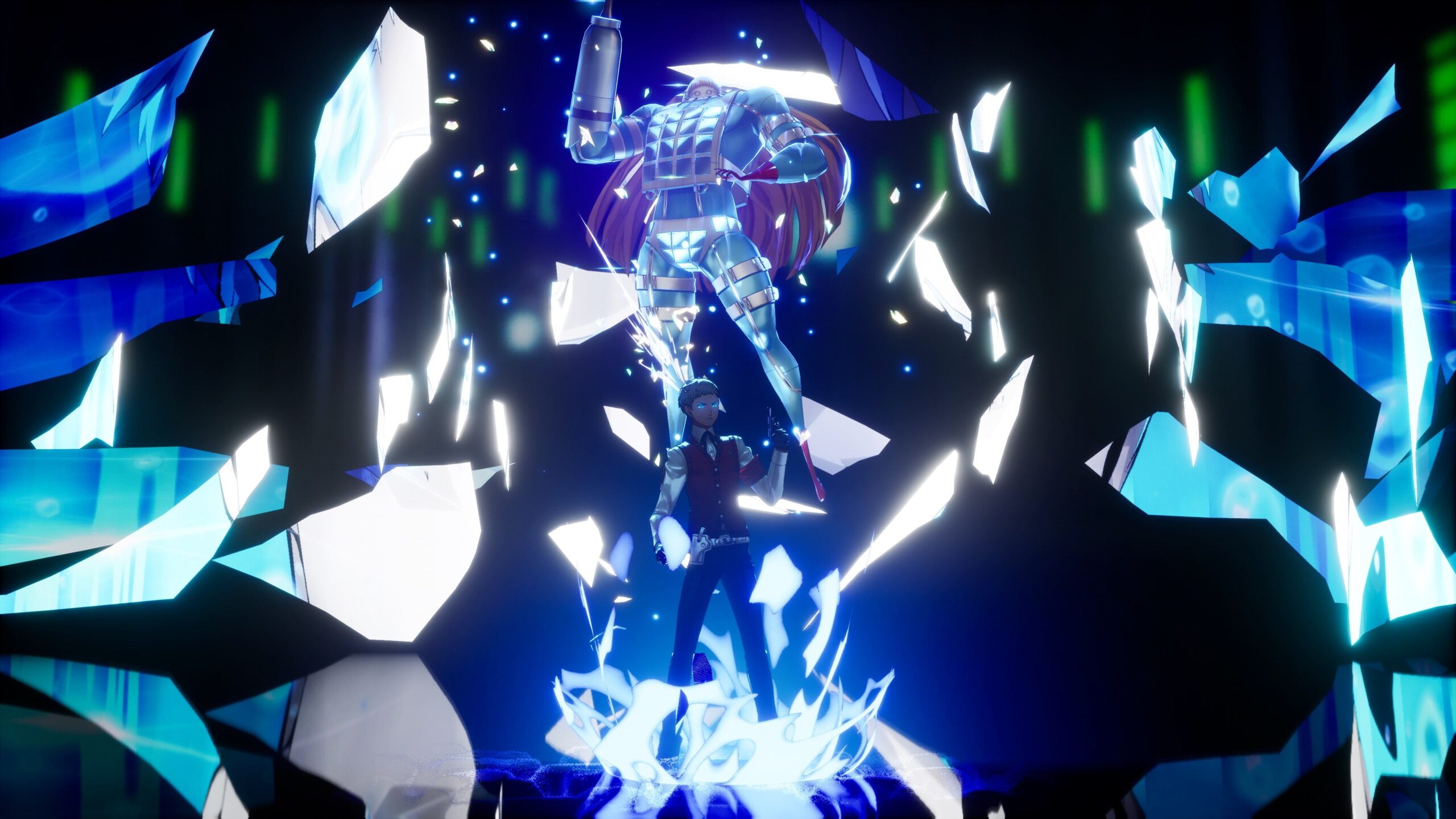
On its 40th anniversary, things aren’t looking great for the Mac. While Apple was able to defy post-lockdown downward trends in the PC market in 2022, the company’s luck ran out in 2023, with Mac shipments down 22.4 percent on the previous year, a steeper decline than even big Windows box shifters, according to research firm IDC.) If we focus on Apple’s most recent quarterly report, Mac sales look truly horrendous, down 34 percent compared to the same period in 2022. And with the all-important Q1 report due next week, there’s suddenly a ton of pressure on Apple’s oldest family member.
Like a lot of the company’s portfolio, the Mac has seemingly suffered in recent years from the wider resource drain at Apple Park, with money and employee time being funneled into the all-consuming Vision Pro project. This may explain why radical redesigns of the kind that can inspire customer excitement have been in short supply, and in turn why sales have been so lackluster. Although the iPhone is still doing pretty well, so it’s hard to put all the blame on resources.
In any case, Apple will be hoping to revive the Mac’s fortunes in 2024, particularly once the Vision Pro hits shops on February 2. And this isn’t just a by-product of all those designers and engineers being freed from the launch treadmill and having time to redesign MacBook cases. The company hopes its mixed-reality headset will one day become its flagship product, the center of an ecosystem as culturally significant and financially lucrative as the iPhone is now: Tim Cook has called it “the beginning of a new era for computing.” But in the shorter term, it can have positive effects on the legacy products in Apple’s stable—and maybe even save the Mac.
More than a display
Despite its high price, the Vision Pro is an accessory. Someone who decides to buy the $3,499 headset is going to use it as a companion to their other devices, and among the headset’s more obviously work-relevant features is the ability to serve as a Mac display with a neat trick: You need only look in the direction of your Mac while wearing the headset and the two devices will connect wirelessly using AirPlay, and whatever is currently showing on the Mac will be dragged into the Vision Pro’s display where it can be moved around freely in that enormous virtual area. As well as having a much larger screen, you can work across macOS and visionOS apps simultaneously. Or work in reverse by mirroring your Vision Pro display to a Mac to share your view with others.
Mac Virtual Display is limited to a single 4K screen at launch, but it’s not a stretch to think it’ll support mutliple displays and modular setups in the future. After all, Vision Pro has an M2 chip so it’s not hard to imagine Apple adding features that align with the Mac as visionOS evolves.

The Vision Pro has the same M2 chip as the Mac.
Apple
It’s a hugely appealing option. But the chances are strong that this feature will be limited to more recent Mac models: M1 and later would be a reasonable guess. Given the number of Intel Macs that are still out there, this would provide a handy prompt for owners to consider an update to something with a newer chipset. Some of those Mac regulars who put off a purchase in 2023 may be tempted back into the fold.
The key word there, of course, is “some.” Given that Apple is understood to be limiting its initial run of Vision Pro handsets to fewer than 100,000 units, nobody should expect revenue to skyrocket off the back of Vision Pro owners running out to update their iMacs. (For comparison, Apple made around $29 billion from the Mac in fiscal 2023, which translates to something in the ballpark of 29 million units. An extra 100,000 isn’t going to move the dial a great deal.) But as with so much else concerning Vision Pro, this isn’t about right now. It’s about the future.
Pundits have been saying for years that the days of the desktop and the laptop are numbered; indeed it’s something of a surprise that their revenue has held up as well as it has. Tablets and bigger-screen smartphones, cloud computing, and 5G have all helped to erode the need for the sort of central work hub that’s formed the basis of office life for decades. But spatial computing, which in the very long term could prove to be the final nail in the traditional computer’s coffin, could before then help to give it another lease of relevancy by making it a single useful and specialist element in a more versatile computing setup. And with Vision Pro set to be the biggest name in spatial computing, that means the Mac is going to be pushed back into the limelight.
Vision Pro could yet prove to be a flop. But Apple, make no mistake, is all-in on spatial computing, and won’t be put off by low first-generation sales. And that’s good news for products like the Mac that stand to benefit from the halo effect and reap the benefits of the new platform. And after 40 years, it might need a little help.






